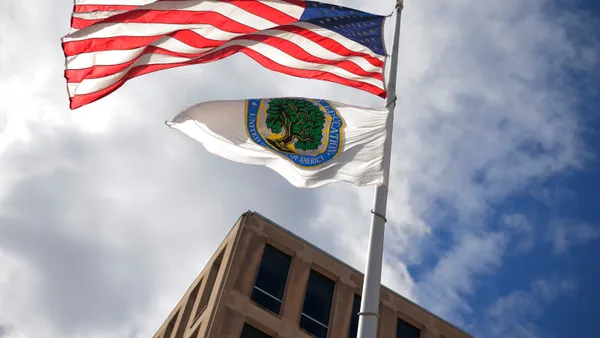Dive Brief:
- Despite E-rate funding ballooning from just $3.9 billlion last year to a projected $5.8 billion in 2016, American schools have a long way to go before meeting connectivity goals.
- One survey found that although 97% of schools already have Wi-Fi, their equipment and hardware are already antiquated and will need replacement soon; 37.5% reported equipment between 3-5 years old.
- Many districts, especially rural ones, still lack high speed or fiber connections.
Dive Insight:
EducationSuperHighway's “2015 State of the States” report finds that 77% of school districts already have Internet speeds of roughly 100 kbps per student. That means they meet the FCC’s definition of a speed “sufficient” for digital learning. Yet 21 million American K-12 students still lack adequate Internet access. Just 9% of districts currently meet the FCC’s 2018 goal, which is to double the current 100 kbps rate.
The biggest barrier to connectivity is cost, the survey found. A recent Consortium of Networked Schools (CoSN) report reached the same conclusion.
For rural districts, satellite internet can be a viable option, since it doesn't require any kind of terrestrial infrastructure.
And to help those without internet access at home, this month, the Federal Communications Commission is considering a proposal that would potentially repurpose a $2 billion phone subsidy program, Lifeline, to include subsidies for broadband in low-income homes.











